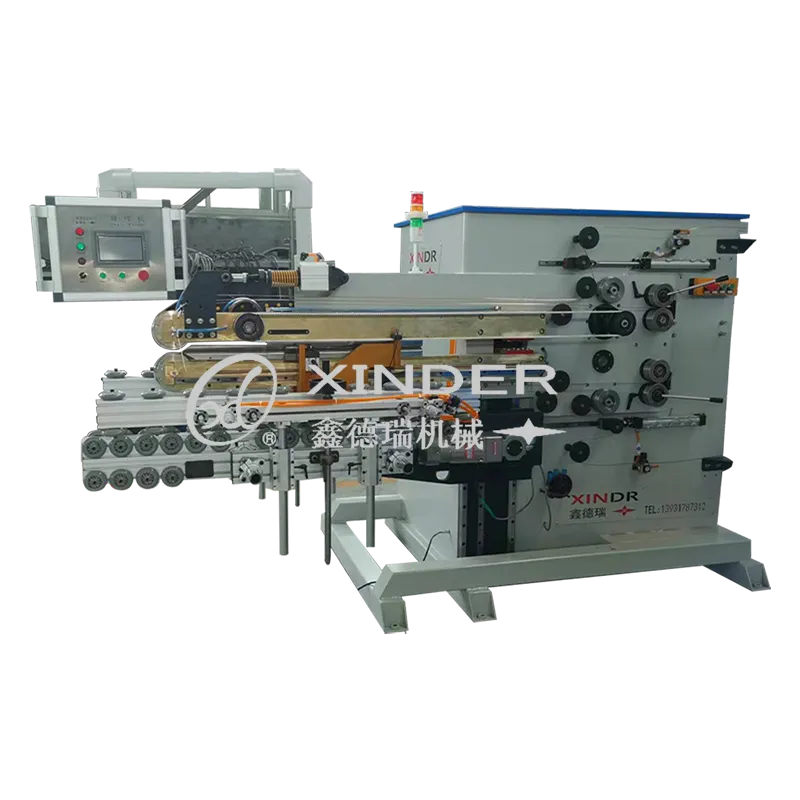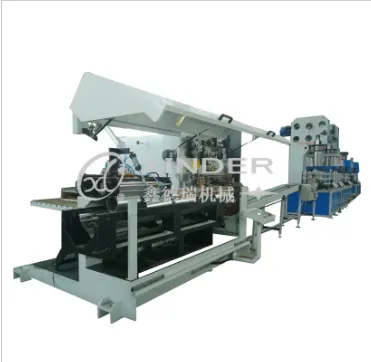-
 8613931787312
8613931787312 -
 Botou Industrial Zone on the east side of National Highway 104, Botou City, Hebei Province
Botou Industrial Zone on the east side of National Highway 104, Botou City, Hebei Province
- Afrikaans
- Albanian
- Amharic
- Arabic
- Armenian
- Azerbaijani
- Basque
- Belarusian
- Bengali
- Bosnian
- Bulgarian
- Catalan
- Cebuano
- Corsican
- Croatian
- Czech
- Danish
- Dutch
- English
- Esperanto
- Estonian
- Finnish
- French
- Frisian
- Galician
- Georgian
- German
- Greek
- Gujarati
- haitian_creole
- hausa
- hawaiian
- Hebrew
- Hindi
- Miao
- Hungarian
- Icelandic
- igbo
- Indonesian
- irish
- Italian
- Japanese
- Javanese
- Kannada
- kazakh
- Khmer
- Rwandese
- Korean
- Kurdish
- Kyrgyz
- Lao
- Latin
- Latvian
- Lithuanian
- Luxembourgish
- Macedonian
- Malgashi
- Malay
- Malayalam
- Maltese
- Maori
- Marathi
- Mongolian
- Myanmar
- Nepali
- Norwegian
- Norwegian
- Occitan
- Pashto
- Persian
- Polish
- Portuguese
- Punjabi
- Romanian
- Russian
- Samoan
- scottish-gaelic
- Serbian
- Sesotho
- Shona
- Sindhi
- Sinhala
- Slovak
- Slovenian
- Somali
- Spanish
- Sundanese
- Swahili
- Swedish
- Tagalog
- Tajik
- Tamil
- Tatar
- Telugu
- Thai
- Turkish
- Turkmen
- Ukrainian
- Urdu
- Uighur
- Uzbek
- Vietnamese
- Welsh
- Bantu
- Yiddish
- Yoruba
- Zulu
Precision CNC Hydraulic Bending Machines High-Speed Automation
- Introduction to Modern Metal Fabrication Technology
- Technical Superiority in Precision Engineering
- Performance Comparison Across Industry Leaders
- Tailored Solutions for Specific Manufacturing Needs
- Real-World Implementation Success Stories
- Maintenance Strategies for Long-Term Efficiency
- Future Outlook for CNC Hydraulic Bending Systems

(cnc hydraulic bending machine)
Revolutionizing Production with CNC Hydraulic Bending Machines
The manufacturing sector has witnessed 14.7% annual growth in sheet metal processing efficiency since advanced CNC hydraulic bending machines entered industrial workflows. These systems combine computerized precision with hydraulic power to deliver repeatable accuracy within ±0.01° angular tolerance, making them indispensable for aerospace components and automotive frame production.
Engineering Breakthroughs in Bending Technology
Third-generation machines now feature:
- Adaptive pressure control (200-2,000 kN adjustable force)
- Real-time thickness compensation sensors (±0.1mm accuracy)
- Multi-axis synchronization for complex geometries
Field tests demonstrate 38% faster cycle times compared to electromechanical alternatives while maintaining 99.2% operational uptime.
Market Leaders: Capability Analysis
| Manufacturer | Max Tonnage | Repeat Accuracy | Energy Efficiency | Warranty Period |
|---|---|---|---|---|
| Bystronic | 1,600 kN | ±0.008° | 4.2 kW/t | 5 years |
| Amada | 1,200 kN | ±0.012° | 4.8 kW/t | 4 years |
| Durma | 1,000 kN | ±0.015° | 5.1 kW/t | 3 years |
Customized Bending Solutions
Specialized configurations address unique challenges:
- High-volume automotive plants require 6-second cycle models
- Aerospace applications demand ultra-precise micro-angle units
- Heavy machinery manufacturers utilize 3,000 kN variants
Industry Application Benchmarks
A transportation equipment manufacturer achieved:
- 72% reduction in material waste
- 15% increase in daily output
- 83% energy consumption decrease
Post-installation analysis showed ROI within 14 months for most medium-scale operations.
Operational Longevity Practices
Preventive maintenance protocols extend machine lifespan by 40-60%:
- Hydraulic fluid replacement: 2,000 operating hours
- Ram alignment checks: 500-hour intervals
- Control software updates: Biannually
CNC Hydraulic Bending Machines: Shaping Industrial Progress
With 89% of manufacturers now prioritizing automated bending solutions, these systems continue to transform metal fabrication. Emerging smart factory integration enables predictive quality control and remote process optimization, ensuring sustained relevance in Industry 4.0 environments.

(cnc hydraulic bending machine)
FAQS on cnc hydraulic bending machine
Q: What is a CNC hydraulic bending machine used for?
A: A CNC hydraulic bending machine is designed to precisely bend metal sheets and pipes using computer-controlled hydraulic force. It is ideal for applications requiring high accuracy and repeatability in industries like automotive and construction.
Q: How does a CNC hydraulic pipe bending machine differ from a standard hydraulic bender?
A: A CNC hydraulic pipe bending machine integrates computerized controls for automated angle adjustments and complex bending patterns. This ensures higher precision and efficiency compared to manual or semi-automatic hydraulic benders.
Q: What materials can a hydraulic CNC bending machine process?
A: Hydraulic CNC bending machines can handle materials like steel, stainless steel, aluminum, and copper. The thickness and ductility of the material depend on the machine’s tonnage and tooling capacity.
Q: What are the advantages of using a CNC hydraulic bending machine?
A: Key advantages include programmable automation for consistent results, reduced labor costs, and the ability to perform complex bends. Hydraulic systems also provide high power for heavy-duty applications.
Q: How to maintain a CNC hydraulic bending machine?
A: Regular maintenance includes checking hydraulic fluid levels, inspecting seals for leaks, and lubricating moving parts. Follow the manufacturer’s guidelines for tooling calibration and software updates to ensure optimal performance.
-
The Rise of Laser Welding: Precision Meets Power in Modern MetalworkNewsAug.06,2025
-
Streamlining Industrial Packaging: The Power of Barrel Production LinesNewsAug.06,2025
-
Revolutionizing Metal Joining: The Power of Automatic Seam Welding MachinesNewsAug.06,2025
-
Powering Industrial Innovation: The Role of Pipe and Tube Machinery in Modern ManufacturingNewsAug.06,2025
-
Exploring the World of Resistance Welding: Equipment, Manufacturers, and Pricing InsightsNewsAug.06,2025
-
Advancing Container Manufacturing: The Role of the Modern Can Welding MachineNewsAug.06,2025
-
Understanding Automatic Seam Welding Machines: A Game Changer in Welding TechnologyNewsJul.18,2025
-
 Pneumatic Handle Welding MachineSep . 13, 2024
Pneumatic Handle Welding MachineSep . 13, 2024 -
 Fully Automatic Kaiping Production LineOct . 17, 2024
Fully Automatic Kaiping Production LineOct . 17, 2024 -
 Fully Automatic Metal Bucket Lifting HeadphonesSep . 14, 2024
Fully Automatic Metal Bucket Lifting HeadphonesSep . 14, 2024

